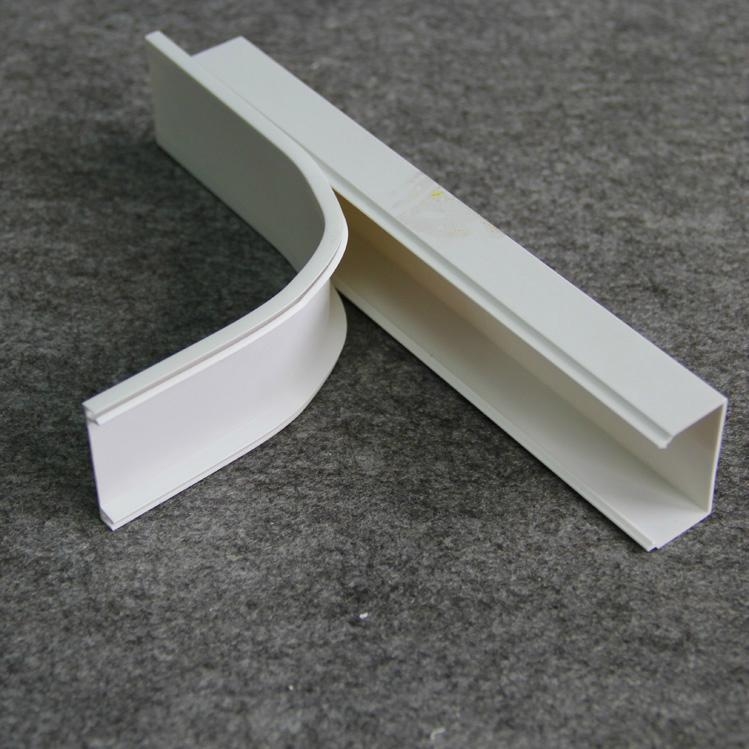Electrical wiring is process of systematic laying of wires for the smooth flowing of electricity current at different places like houses, buildings and hotels with utmost safety and precautions.
Electricity wiring generally refers to insulated conductors used to carry current from main panel to and associated devices and equipment.
If we divide the wiring in common buildings and structures then we can say that there are three classes of electrical wiring depending upon their uses:
Domestic wiring: Used for domestic usage like homes, villas and house buildings etc.
Commercial wiring: used for commercial purposes like schools, malls hotels, high rise towers etc.
Industrial wiring: Used for industrial purposes like factories, plants, substations, warehouses, workshops etc.
What are Different Types of Electrical Wirings?
There are generally four types of wiring:
Cleat wiring
Batten Wiring: CTS wiring or TRS wiring or Metal sheathed wiring or lead sheathed wiring
Casing and capping system
Conduit wiring system
Cleat Type Electrical Wiring System
Cleat wiring system uses insulated Cables sub protected in porcelain cleats and is recommended only for temporary installations. The cleats are made in pairs having bottom and top halves. The bottom half is grooved to receive the wire and the top half is for cable grip. Initially the bottom and top cleats are fixed on the wall loosely according to the layout. Then the cable is drawn, tensioned and the cleats are tightened by the screw. Cleats are of three types, having one, two or three grooves, so as to receive one, two or three wires at a time.
Other Characteristics of cleat electrical wiring include:
- It fits on the wall
- Quick Installation
- Easy to dismantle
- Cheapest wiring system
- Distance of half meter to 0.6 meter between two cleats
- Used for temporary wiring
- Wires are in the open atmosphere and wear and tear is visible
- Appearance is not good and needs frequent cleaning and risk of damage
Batten Electrical Wiring System
In batten wiring system, wires sheathed in tough rubber are used which are quite flexible. They are clipped on wooden battens with brass clips (link or joint) and fixed on to the walls or ceilings by flat head screws. These wiring cables are moisture and chemical proof. They are suitable for damp climate but not suitable for outdoor use in sunlight. TRS wiring is suitable for lighting in low voltage installations.
Other Characteristics of batten wiring system:
- Easy installation but requires skilled workman
- Durable installations and lower risk of short circuit
- Cheaper than casing and capping wiring system
- Good appearance if properly erected and kept clean.
- Not suitable for sunlight exposed areas and danger of mechanical injury and fire hazard.
There are different types of wires that are suitable in batten system that include PVC wires, TRS/CTS Wires and lead sheath wires. These are much durable wires and acid and water proof and fireproof as required.
Casing & Capping Wiring System
This type of electricity wiring system consists of insulated conductors laid inside rectangular, teakwood or PVC boxes having grooves inside. After putting the wires inside a rectangular strip called capping having same width as that of casing is fixed over it. Both the casing and the capping are screwed together at every 15 cms or also clipped together. Base casing is attached to the wall.
Characteristics of Casing & Capping Wiring System
- Suitable for indoor domestic installations
- Skilled workmen required for installation
- Cheap as compared to lead sheathed and conduit wiring
- Reduced risk of short circuit
- Easily accessible for inspection and repairs
- Wires are safe from dust, dirt and climatic variations
- Can be highly inflammable
- If unseasoned wood is used it gets damaged by termites
Conduit Wiring System
This is very much famous and mostly used type of electricity wiring system in which PVC (polyvinyl chloride) or VIR cables are run through metallic or PVC pipes providing good protection against mechanical injury and fire due to short circuit. The conduits are either embedded inside the walls (PVC) or exposed and supported over the walls. These installations also called concealed electric wiring or surface/open conduit wiring. This kind of system is best suited for public buildings, industries and workshops etc.
Characteristics of Conduit Wiring System
- Skilled manpower required to install, needs more time and expensive
- Protection against fire and mechanical injury
- Multiple wires passing in the same tube
- Earthing and continuity assurance
- Waterproof and trouble shooting is easy
- Shock proof with proper earthing and bonding
- Durable and maintenance free but risk of short circuit due to moisture.
Factors affecting the selection of electrical wiring system:
There are different factors that help us to select the type of wiring system.
Durability: Type of wiring needs to conform standard specifications as per local regulations, so that it is durable i.e. no damage due to the weather conditions, fumes etc.
Safety: Electric wiring must provide safety against electric leakage, shock and fire hazards for the operating personnel.
Appearance: Electrical wiring should give an good and pleasant aesthetic appeal to the interiors.
Cost Effective: Wiring system should be affordable for the subject usage.
Accessibility: The switches and plug points provided should be easily accessible. There must be provision for further extension of the wiring system, if necessary.
Maintenance Cost: We should select a wiring for which maintenance cost should be minimum.
Mechanical safety: The wiring system must protect wires and cables against any mechanical damage.
Discover more from Electrical Engineering 123
Subscribe to get the latest posts sent to your email.

